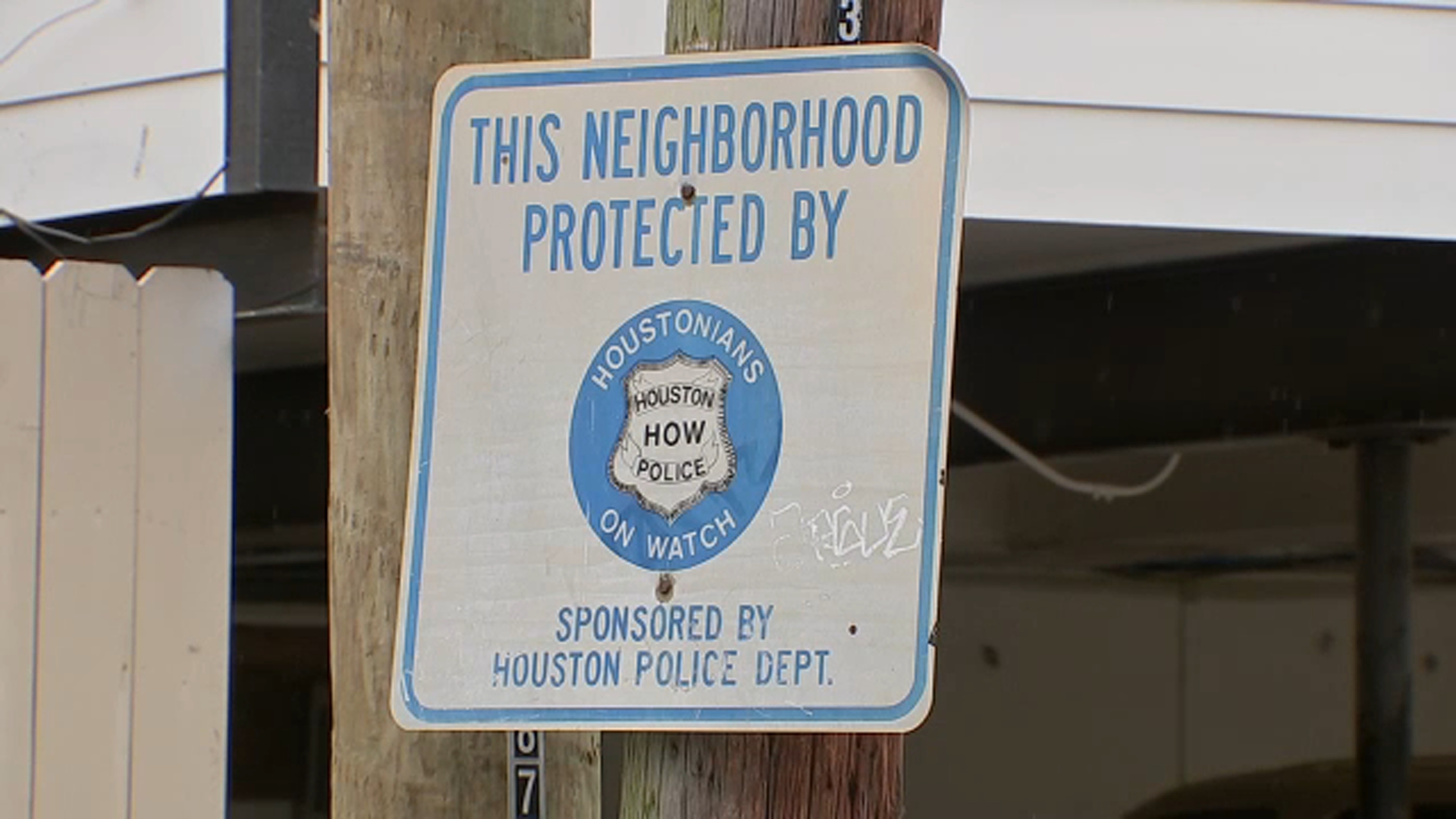Oklahoma State player Tyrek Coger died of enlarged heart

Oklahoma State basketball player Tyrek Coger died from an enlarged heart and the manner of his death was natural, the Oklahoma State Medical Examiner's Office said Friday.
The news came a few hours after university officials held a news conference regarding Coger's death, which happened Thursday evening just after the team held a workout at the football stadium in extreme heat.
Coger, a 21-year-old forward who had recently transferred to OSU, did not appear to be struggling during Thursday's workout at Boone Pickens Stadium, OSU spokesman Gary Shutt said Friday at a news conference. After the workout, Coger sat down and when the team went to check on him, they noticed there were issues.
The team called 911 and paramedics arrived at 5:08 p.m. Coger arrived at Stillwater Medical Center at 5:48 p.m. and was pronounced dead at 6:23 p.m., Shutt said.
The temperature at 5 p.m. Thursday in Stillwater was 99 degrees with a heat index of 105 degrees, The Stillwater News Press reported.
"It was obviously hot yesterday, and you know, in competitive athletics, you're always pushing," athletic director Mike Holder said Friday. "If you want to be great at something, you've got to push the envelope. That's what conditioning is all about."
Technically, Coger died from cardiomegaly with left ventricular hypertrophy, and the manner of death was natural, Oklahoma State Medical Examiner's Office spokeswoman Amy Elliott said in an email Friday. The office's family assistance coordinator, Eddie Johnson, told The Associated Press that the final report is not likely to be ready and released for another eight weeks.
Oklahoma State basketball coach Brad Underwood broke down Friday as he remembered Coger. Undertwood was in Las Vegas on a recruiting trip when he learned of Coger's death.
"This is the hardest couple of days I've ever experienced in my coaching life. You say goodbye to players when they graduate and that's one thing," Underwood said, pausing to wipe away tears with a towel. "Making that phone call to a mother is -- there's no words."
Holder said the team will thoroughly examine its practices following Coger's death. The NCAA's Sports Medicine Handbook does not provide specific guidelines for when teams should avoid practicing in extreme temperatures.
It says heatstroke is the third-leading cause of sudden death in athletes, and that athletes should be gradually introduced to activity in warm temperatures over a "minimum period of 10 to 14 days." Coger had been in Oklahoma since July 5, the school said.
The NCAA handbook also provides a list of signs and symptoms of heat injury, notes that heatstroke is most likely to occur at the start of preseason practices and says that some athletes with certain health conditions or athletes who are not adequately in shape can be more susceptible to heatstroke.
It was not clear whether that was the case with Coger. Shutt said Coger underwent health screenings to ensure he was physically able to participate in sports, but said the federal Health Insurance Portability and Accountability Act, or HIPPA, prohibits release of the results of the testing.
In an interview with the Stillwater newspaper published earlier this month, Coger spoke of frequent headaches that plagued him during his high school days. He said he underwent surgery several years ago to drain fluid from around his brain.
"At the moment, I'm thinking, 'Basketball is over," he told the newspaper, recalling his feelings at the time of the surgery. "'I gotta think beyond basketball now.'"
Coger, a native of Raleigh, North Carolina, said in the interview that he recuperated from his surgery then started his college career at Eastern Florida State College. He transferred after one season to Cape Fear Community College in Wilmington, North Carolina, where he played last season. The 6-foot-8 player then initially signed with Ole Miss last fall but opted for Oklahoma State after the Southeastern Conference ruled he was ineligible because of rules on junior college transfers.
Holder said the workouts at OSU are left largely to the strength and conditioning staff, which was overseeing Thursday's workout. "I've got a lot of confidence in our staff here," Holder said.
Shutt also said that under NCAA rules, basketball teams can meet for eight hours a week during the summer -- time that can be broken up as two hours on the court and six on strength and conditioning, or all eight on strength and conditioning. NCAA spokesman Christopher Radford confirmed that was the case, and noted that staff members are allowed to conduct and supervise that activity.
In 2012, Coger played a friendly game of one-on-one with Washington Wizards star John Wall, who posted a photo of the matchup on Instagram following Coger's death. Wall wrote: "Rest in Peace to the lil homie who always had the competitive spirit.. you will be missed Tyrek."
Coger's death is the latest tragedy for OSU. Last fall, a driver crashed into a crowd at Oklahoma State's homecoming parade, killing four spectators and wounding dozens. In 2011, women's basketball coach Kurt Budke, assistant Miranda Serna and two others died in a plane crash in western Arkansas. In 2001, 10 people died in a Colorado plane crash, including two men's basketball players and six staff members.
Information from The Associated Press was used in this report.






